AI Applicationse of Generative Artificial Intelligence

Generative Artificial Intelligence (AI) is a technology that can create various types of content, such as text, images, audio, and synthetic data. Recently, generative AI has gained widespread attention for its simple and user-friendly interfaces, capable of generating high-quality text, graphics, and videos within seconds. This article will further explore the latest developments in generative AI and its practical applications.
Development Process of Generative Artificial Intelligence
Generative AI first appeared in the 1960s in chatbots, but it truly matured in 2014 with the introduction of GANs (Generative Adversarial Networks). GANs are a type of machine learning algorithm that allows AI to generate convincingly realistic images and audio. This opened new possibilities for generative AI, such as improving movie dubbing and creating educational content. However, it also brought challenges, such as the creation of fake images and videos.
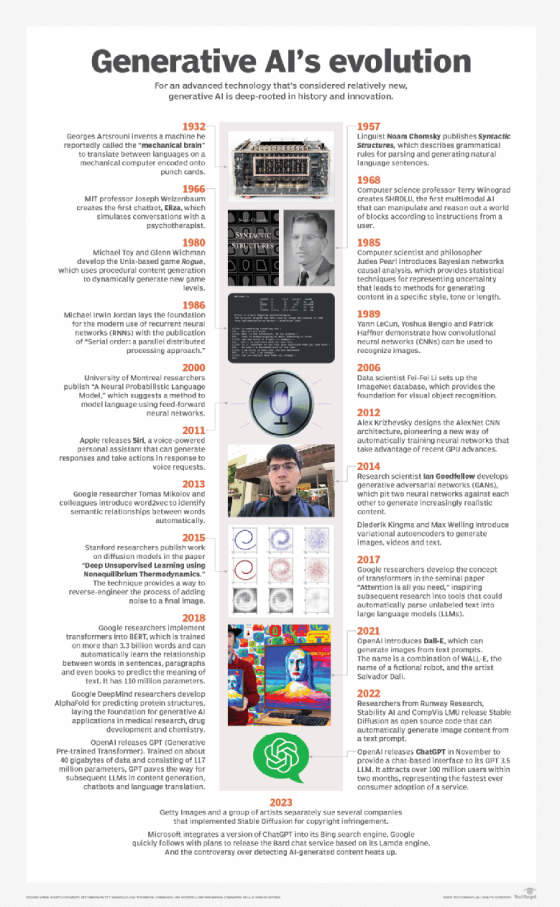
With the rapid development of large language models (LLMs), generative AI has entered a new era. Nowadays, generative AI models can write engaging texts, draw realistic images, and even create entertaining sitcom scenarios in real time. Furthermore, innovations in multimodal AI enable teams to generate content across various media types, including text, graphics, and videos.
Modern Generative AI Technology
Today's generative AI is often thanks to Transformers technology. Transformers allow researchers to train large models without the need for large amounts of labeled data. They introduced the concept of "attention," which allows models to track vocabulary connections across entire books, not just individual sentences. These models can now even analyze code, proteins, chemicals, and DNA. Here are several major models of modern generative AI:
DALL-E
DALL-E is an image generation model developed by OpenAI, combining art and technology. First released in 2021, it can generate diverse images based on textual descriptions. In 2022, OpenAI launched a more advanced version, DALL-E 2, which improved image quality and introduced editing capabilities. With continuous technological optimization, the API for DALL-E has also been opened to the public, seeing wide application in creative industries. Meanwhile, discussions on its ethical and social impacts have increased, emphasizing the importance of the safety and compliance of AI-generated content. The development of DALL-E demonstrates the enormous potential of AI in the creative field.
ChatGPT
ChatGPT, developed by OpenAI, is a dialog model based on natural language processing, undergoing multiple stages of development. Its foundation is the GPT (Generative Pre-trained Transformer) architecture, first released in 2018. In 2020, OpenAI released GPT-3, which has 175 billion parameters, significantly enhancing language understanding and generation capabilities. In 2021, the early version of ChatGPT was launched, aiming to interact naturally with users, and has since been continually optimized through feedback. In 2022, OpenAI introduced the ChatGPT Plus subscription service, offering faster responses and priority access features. In 2023, OpenAI released ChatGPT based on GPT-4, further improving the quality of interactions and contextual understanding. The development of ChatGPT has not only propelled the use of AI in everyday communications but also sparked widespread discussions about AI ethics, content generation, and human-AI interactions.
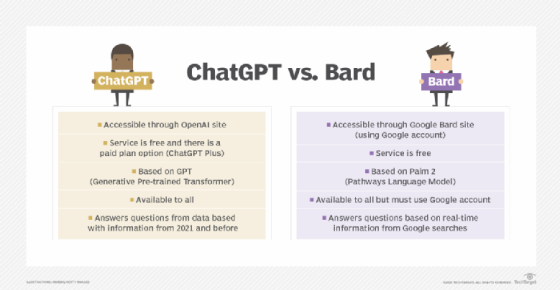
Gemini (formerly Bard)
Gemini, developed by Google's AI research team, is a series of advanced language models, with its development starting in 2023. The Gemini models are designed to compete directly with OpenAI's ChatGPT and other language models. In December 2023, Google released Gemini 1, marking the official launch of the series, showcasing its strong capabilities in natural language processing and generation. Subsequently, Google released Gemini 1.5, further enhancing the performance and response speeds of the models. The launch of Gemini highlights Google's commitment to continuous innovation in the AI field and its efforts in integrating various types of information and multimodal processing capabilities. As Gemini continues to evolve, Google is exploring its potential applications in education, healthcare, and creative industries, driving the widespread application and advancement of AI technology.
Practical Applications of Generative Artificial Intelligence
Generative AI can learn from data and create new information resembling the training inputs, finding applications across design, music, art, and many other fields. Its impact is most pronounced in text applications.
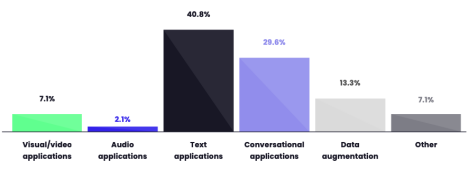
Here are some specific uses of generative AI models:
Audio Applications
Generative AI audio models create new sounds, such as musical scores and environmental sounds, using machine learning and algorithms. They can compose original audio, sonify data, create interactive audio experiences, generate music, enhance audio, create sound effects, transcribe audio, and synthesize speech. Utilizing models like WaveNet and GANs, they generate new audio outputs through extensive dataset training. For example, Google's WaveNet:
- WaveNet: WaveNet, developed by Google DeepMind, is an advanced text-to-speech (TTS) model that generates highly natural-sounding human voice audio through deep learning technology. It has been applied in Google Assistant and Google Translate, providing more natural and fluid speech outputs.
Text Application
The AI text generator can create website content, reports, social media posts, etc., using natural language processing (NLP) and natural language generation (NLG) technologies, and generates text through algorithmic structure and unsupervised learning. XXAI is an application software powered by advanced models such as GPT-4, Claude 3 and DALL-E 3, which can be seamlessly integrated into all applications and websites, providing comprehensive tools to enhance writing, communication and productivity. For example:
- Generate high-quality text content using GPT-4.
- Engage in natural language understanding and dialog with the help of Claude 3.
- Create creative images using DALL-E 3.
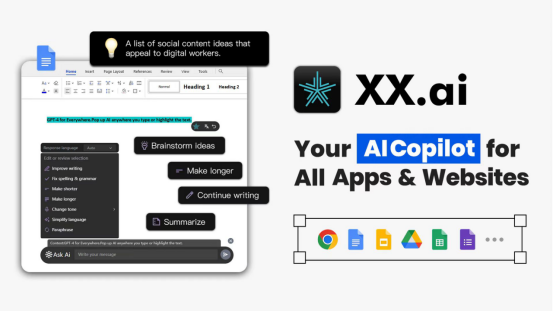
Conversational Applications
Conversational AI uses NLG (Natural Language Generation) and NLU (Natural Language Understanding) technologies to power natural language dialog systems for voice recognition, user query understanding, and adaptive interactive experiences. For instance, Apple's Siri:
- Siri: Siri, developed by Apple, is a virtual assistant that interacts through voice commands. It utilizes natural language processing and generation technologies, not only understanding and responding to user queries but also learning user preferences and usage habits to provide personalized assistance and suggestions.
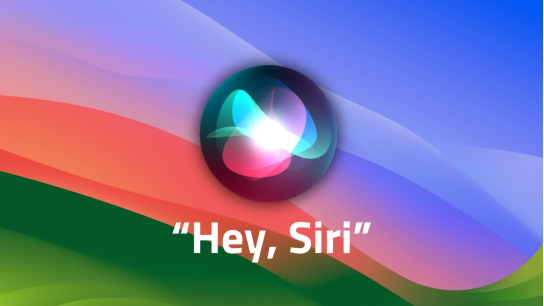
Data Augmentation
Through models like Variational Autoencoders (VAEs) and Generative Adversarial Networks (GANs), new synthetic data points are generated and added to existing datasets to increase the size and diversity of the training data, thereby enhancing model performance. For example, NVIDIA's StyleGAN:
- StyleGAN: StyleGAN, developed by NVIDIA, is a GAN widely used to create high-quality, high-resolution images. In terms of data augmentation, StyleGAN can generate a large number of realistic human faces or other images, facilitating the creation of more diverse datasets to train models for improved performance in facial recognition and other visual systems.
Video/Visual Applications
Generative AI pioneers in video production, modification, and analysis, used for content creation, video enhancement, personalized content, virtual reality, training, data augmentation, and video compression while addressing ethical issues, such as detecting deepfakes. For example, Deepfakes:
- Deepfakes: Deepfake technology uses GANs to generate extremely realistic videos and images, applicable to movie production, virtual reality, and many other fields. However, it also raises ethical and moral concerns, especially when used to create fake news or fraudulent content. Consequently, technologies to detect deepfake content have been developed to address this challenge.
These applications demonstrate the broad potential and significant impact of generative AI across various fields, albeit with ongoing technological and ethical challenges.
Advantages and Challenges of Generative Artificial Intelligence
Generative AI can be widely applied in many areas of business. It can simplify the interpretation and understanding of existing content and automatically create new content. Developers are exploring ways in which generative AI can improve existing workflows, focusing on fully adapting workflows to harness this technology. Potential benefits of implementing generative AI include:
Automating the process of manually writing content.
Reducing the effort of replying to emails.
Improving responses to specific technical queries.
Creating realistic character images.
Summarizing complex information into coherent narratives.
Simplifying the process of creating content in a specific style.
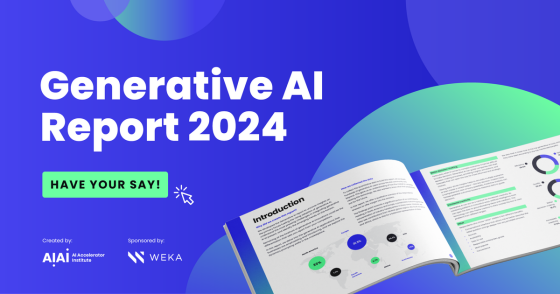
Though there are some limitations, such as difficulties in identifying content sources, generative AI continues to evolve and make advances in various fields. For instance, summaries of complex topics are easier to read than explanations that contain various sources supporting key points. However, the readability of summaries comes at the cost of user inability to review information sources. Here are some limitations to consider when implementing or using generative AI applications:
- It doesn't always identify the sources of the content.
- Evaluating biases in the original material can be challenging.
- Realistic-sounding content makes it harder to identify inaccurate information.
- Understanding how to adapt to new situations could be difficult.
- Results can obscure biases, discrimination, and hatred.
Future of Generative Artificial Intelligence
The remarkable depth and user-friendliness of ChatGPT have driven the widespread adoption of generative AI. The rapid adoption of generative AI applications also highlights some difficulties in promoting this technology safely and responsibly. However, these early implementation issues have sparked research into better tools for detecting AI-generated text, images, and videos.
Indeed, the popularity of generative AI tools such as ChatGPT, Midjourney, Stable Diffusion, and Gemini has also spawned various training courses, suitable for all professional levels. Many courses aim to help developers create AI applications, while others focus more on business users looking to apply new technology across enterprises. At some point, the industry and society will develop better tools to track the sources of information, creating more trustworthy AI.
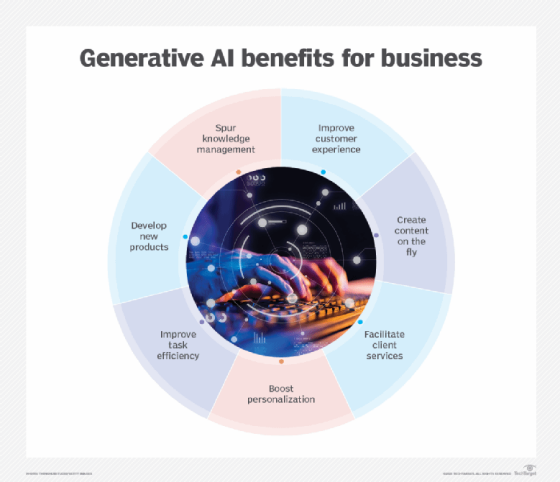 Generative AI will continue to evolve and make progress in areas such as translation, drug development, anomaly detection, and new content creation, ranging from text and video to fashion design and music. While these new standalone tools are useful, the most impactful future of generative AI will come from integrating these capabilities directly into the tools we already use.
Generative AI will continue to evolve and make progress in areas such as translation, drug development, anomaly detection, and new content creation, ranging from text and video to fashion design and music. While these new standalone tools are useful, the most impactful future of generative AI will come from integrating these capabilities directly into the tools we already use.
It's hard to predict the full future impact of generative AI. However, as we continue to leverage these tools to automate and enhance human tasks, we inevitably have to reconsider the nature and value of human expertise.
Frequently Asked Questions
Who Created Generative Artificial Intelligence?
Joseph Weizenbaum created the first generative AI in the 1960s as part of the Eliza chatbot. In 2014, Ian Goodfellow introduced Generative Adversarial Networks (GANs). Subsequently, research by OpenAI and Google ignited the generative AI boom, leading to tools such as ChatGPT, Google Gemini, and DALL-E.
How to Build a Generative AI Model?
Building a generative AI model requires effectively encoding the content to be generated. For example, a text generative AI model represents words as vectors to capture the similarity between words. The latest LLM research provides effective methods for representing images, sounds, and other content.
How Does Generative AI Change Creative Work?
Generative AI can help creative professionals explore various ideas. Artists and designers can start from basic concepts and explore different variations and improvements. It also democratizes creative work; for example, merchants can generate product marketing images with simple commands.
Summary
The rapid development and wide application of generative artificial intelligence bring opportunities for innovation and efficiency improvements, along with ethical and social challenges. From early chatbots to today's powerful multimodal generative models such as DALL-E, ChatGPT, and Gemini, generative AI has permeated various fields including design, text generation, audio, and video production. Throughout this process, we must constantly improve our technical skills and address the ethical and legal implications. In the future, as technology continues to mature and be widely adopted, generative AI will become a powerful tool in our lives and work, changing our workflows and redefining the value of professional expertise. Consider using tools like XXAI to enhance your writing and productivity!